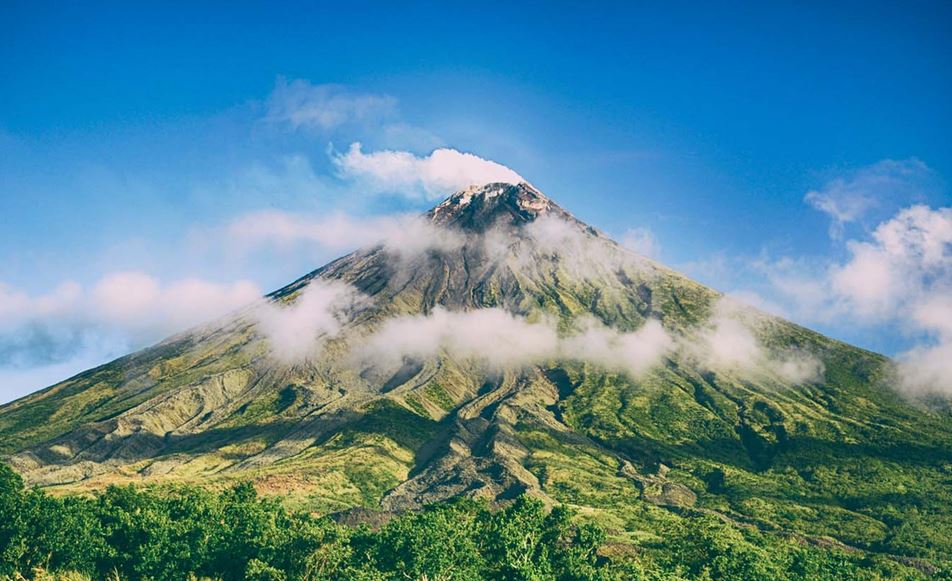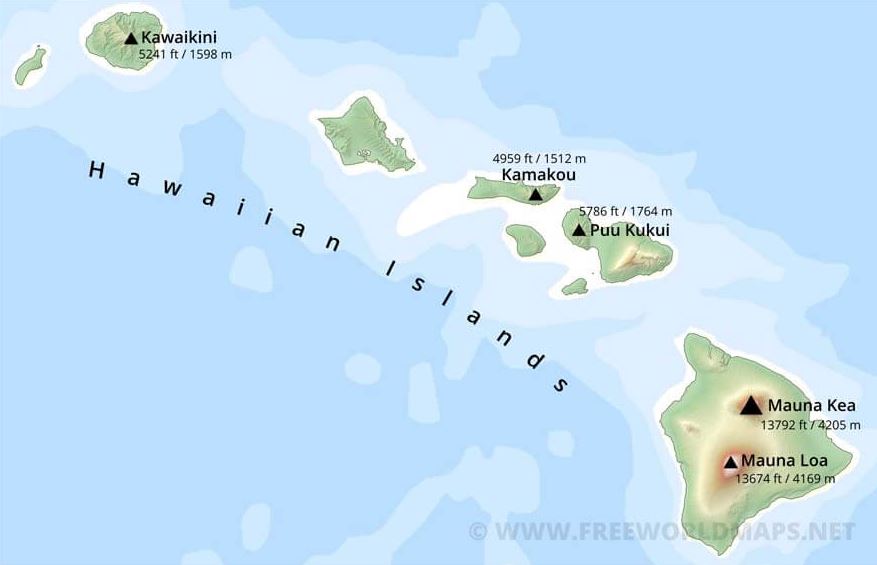Note4Students
From UPSC perspective, the following things are important :
Prelims level: Mauna Loa
Mains level: Not Much

Mauna Loa, the world’s largest active volcano has erupted after 38 years, spewing ash and debris, and covering the sky of Hawaii’s Big Island.
Where is Mauna Loa?

- Mauna Loa is one of five volcanoes that together make up the Big Island of Hawaii (biggest being the Mauna Kea).
- It is the southernmost island in the Hawaiian archipelago.
- It’s not the tallest (that title goes to) but it’s the largest and makes up about half of the island’s land mass.
- It sits immediately north of Kilauea volcano, which is currently erupting from its summit crater.
Do you know?
Any volcano that has erupted within the Holocene period (in the last 11,650 years) is considered to be “active” by scientists. “Dormant” volcanoes are those active volcanoes which are not in the process of erupting currently, but have the potential to do so in the future.
Why do volcanoes erupt?
- The deeper one goes under the surface of the Earth towards its core, the hotter it gets.
- The geothermal gradient, the amount that the Earth’s temperature increases with depth, indicates heat flowing from the Earth’s warm interior to its surface.
- At a certain depth, the heat is such that it melts rocks and creates what geologists call ‘magma’.
- Magma is lighter than solid rock and hence it rises, collecting in magma chambers.
- Chambers that have the potential to cause volcanic eruptions are found at a relatively shallow depth, between six to ten km under the surface.
- As magma builds up in these chambers, it forces its way up through cracks and fissures in Earth’s crust. This is what we call a volcanic eruption.
- The magma that surfaces on the Earth’s crust is referred to as lava.
Why is the eruption of Mauna Loa so explosive?
- Eruptions vary in intensity and explosiveness, depending on the composition of the magma.
- In simple terms, runny magma makes for less explosive volcanic eruptions that typically are less dangerous.
- Since the magma is runny, gasses are able to escape, leading to a steady but relatively gentle flow of lava out of the mouth of the volcano.
- The eruption at Mauna Loa is of this kind. Since the lava flows out at a slow pace, people typically have enough time to move out of the way
- . Geologists are also able to predict the flow of the lava depending on the incline and exact consistency it has.
How is vulcanism measured?
- The Volcanic Explosivity Index (VEI) is a scale used to measure the explosivity of a volcano.
- It has a range of 1 to 8 with a higher VEI indicating more explosivity.
- While the VEI of the current eruption at Mauna Loa is not known yet, the previous eruption in 1984 was deemed to have a VEI of 0.
Also read about the Pacific Ring of Fire.
Click and get your FREE Copy of CURRENT AFFAIRS Micro Notes
Get an IAS/IPS ranker as your 1: 1 personal mentor for UPSC 2024
